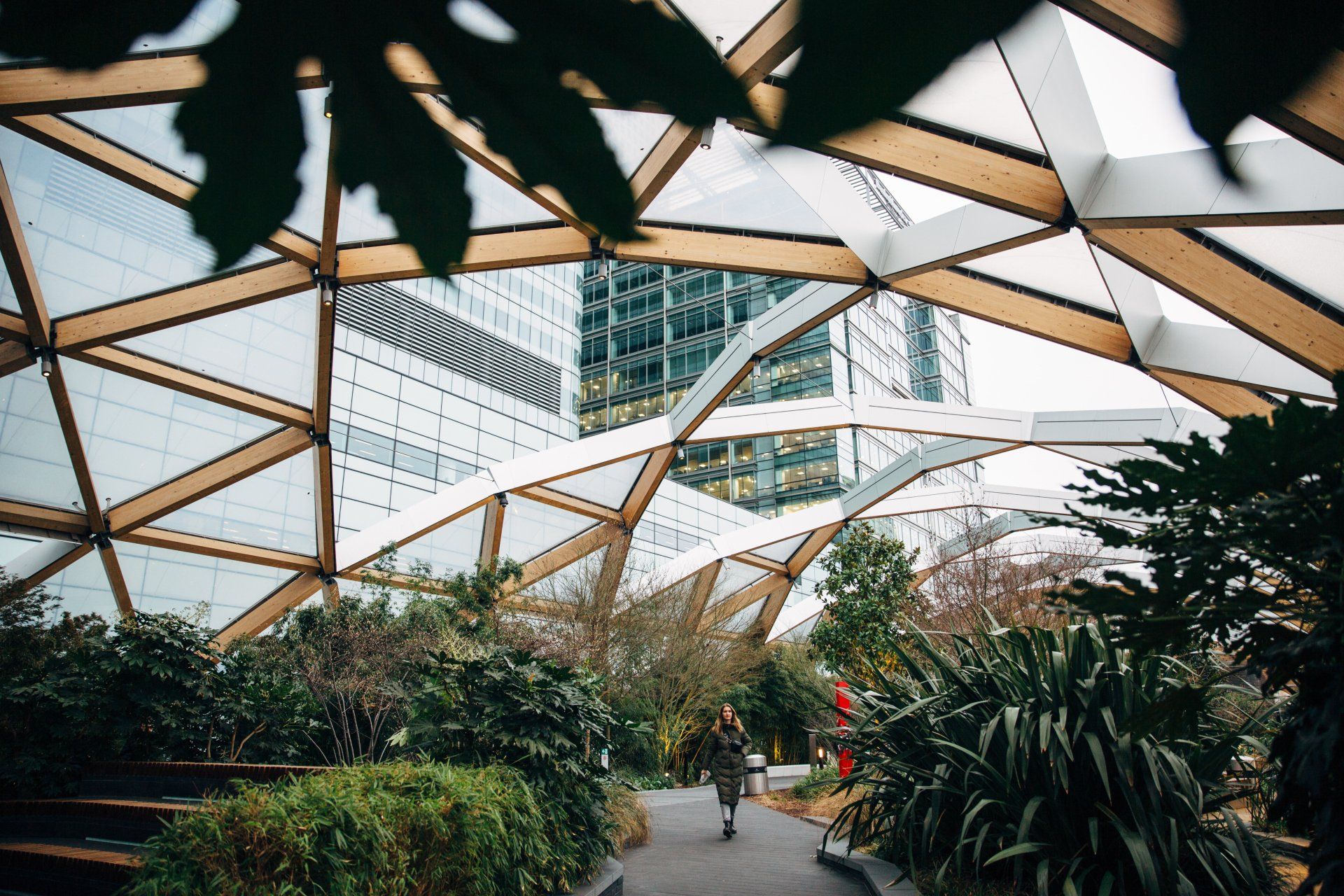Global power consumption will almost double by 2050 as a result of increased electrification and the uptake of green hydrogen.
Renewables will dominate energy market
Findings from new research by global consultancy McKinsey forecasts that electricity’s share of the energy consumption mix will grow from the 19% which it is at today to 30% by mid-century. According to the report, renewables will dominate the energy market within the next decade as they become cheaper than fossil fuel plants.
The report suggests by 2036, nearly half of all global power supply will come from renewable sources, mainly from solar and wind. With an estimated five terawatts of new solar and wind capacity predicted to be installed by 2035, this translates to fivefold growth from current levels.
Christer Tryggestad, Senior Partner at McKinsey, said: “While the pandemic has certainly provided a substantial shock for the energy sector across all fuel sources, the story of the century is still a rapid and continuous shift to lower-carbon energy systems.”
Cost competitive green hydrogen
The analysis also predicts green hydrogen will become cost-competitive by 2030 and as a result, ‘indirect’ power demand for electrolysis will account for approximately 40% of the electricity demand growth from 2035 to 2050.
Predictions for the future of fossil fuels
The Global Energy Perspective 2021 report also foresees oil demand will peak in 2029 and gas in 2037, while coal will continue its downward trend. According to the report, global coal demand peaked in 2014 and is expected to continue to decline by almost 40% from 2019 to 2050. Researchers also anticipate oil and gas demand will not return to its pre-Covid-19 growth path’.
British Gas Business solutions
We’re proud to offer a green tariff to businesses, where electricity supplied is generated from renewable sources. Find out how your business can switch to a green energy plan.




